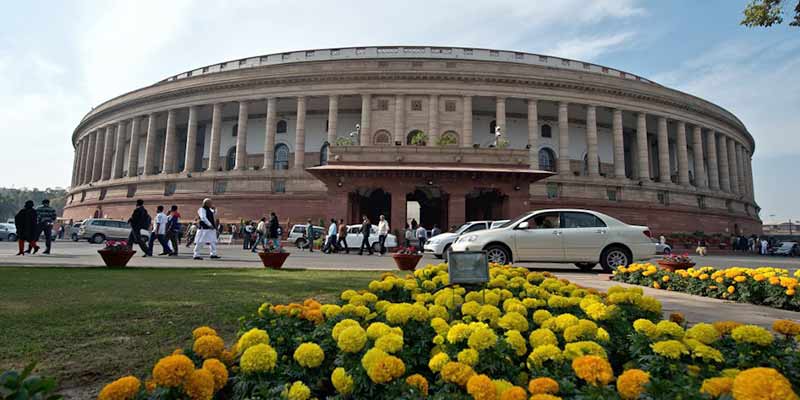- India
- Jul 16
Explainer / Adjournment Motion
The Congress said that it would raise issues pertaining to farmers’ welfare and price rise during the monsoon session of Parliament beginning on July 19. The party will move Adjournment Motion in Parliament.
Shiromani Akali Dal has also said that it would be moving Adjournment Motion in the Lok Sabha to seek repealing of three farm laws.
What is an Adjournment Motion?
Adjournment Motion is the procedure for adjournment of the business of the House for the purpose of discussing a definite matter of urgent public importance, which can be moved with the consent of the Speaker.
It needs the support of 50 members to be admitted.
The primary objective of an Adjournment Motion is to draw the attention of the House to a recent matter of urgent public importance having serious consequences and with regard to which a motion or a resolution with proper notice will be too late.
The Adjournment Motion, if admitted, leads to setting aside of the normal business of the House for discussing the matter mentioned in the motion.
The discussion on an Adjournment Motion should last for not less than two hours and thirty minutes.
The right to move a motion for an adjournment of the business of the House is subject to the following restrictions.
• It should raise a matter which is definite, factual, urgent and of public importance.
• It should not cover more than one matter.
• It should be restricted to a specific matter of recent occurrence and should not be framed in general terms.
• It should not raise a question of privilege.
• It should not revive discussion on a matter that has been discussed in the same session.
• It should not deal with any matter that is under adjudication by the court.
• It should not raise any question that can be raised on a distinct motion.
Its adoption is regarded as a sort of censure of the government. Rajya Sabha does not have provision for Adjournment Motion.
Other types of motions in Indian Parliament
Privilege Motion
It is concerned with the breach of parliamentary privileges by a minister. It is moved by a member when he feels that a minister has committed breach of privilege of the House or one or more of its members by withholding facts of a case or by giving wrong or distorted facts.
Calling Attention Motion
It is introduced by a member to call the attention of a minister to a matter of urgent public importance and to seek an authoritative statement from him on that matter.
Like the Zero Hour, it is also an Indian innovation in the parliamentary procedure and has been in existence since 1954. However, unlike the Zero Hour, it is mentioned in the Rules of Procedure.
Censure Motion
This motion can be moved only in the Lok Sabha by the Opposition of the House. It can be moved against the Council of Ministers or an individual Minister or a group of ministers for their failure to act or for certain policies and actions and may express regret, indignation or surprise of the House at the failure of the minister or ministers.
The motion should be specific and self-explanatory so as to record the reasons for the censure, precisely and briefly (No-Confidence Motion does not need to state such reasons). If the Censure Motion is passed, the Council of Ministers need not resign from office but is bound to seek the confidence of the Lok Sabha as early as possible.
Motion of Thanks
The first session after each general election and the first session of every fiscal year is addressed by the President. In this address, the President outlines the policies and programmes of the government in the preceding year and ensuing year.
This address of the President is discussed in both the Houses of Parliament on a motion called the ‘Motion of Thanks’. At the end of the discussion, the motion is put to vote.
Manorama Yearbook app is now available on Google Play Store and iOS App Store

